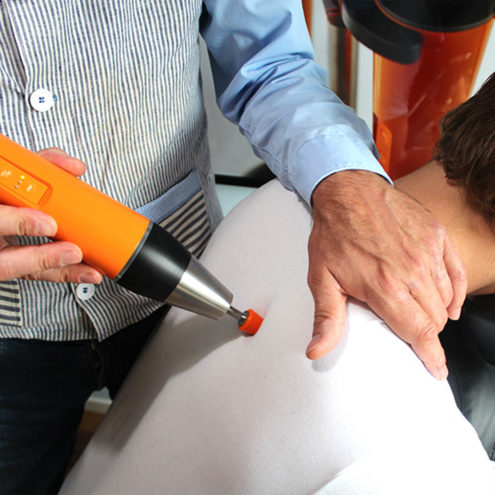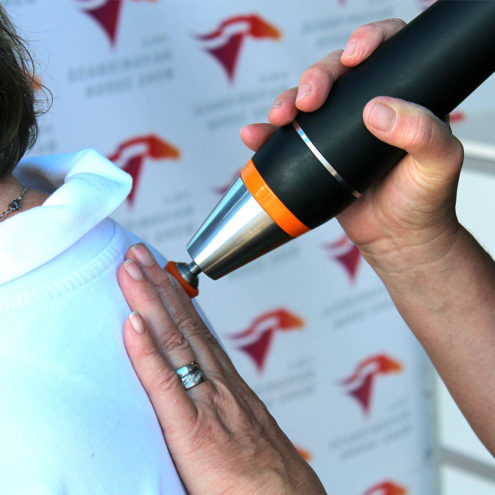Forehead Headache: Causes and Relief

Why do I have a headache in my forehead?
Forehead headaches can be both annoying and worrying, but they are often an indication of underlying problems that can range from mild to more serious. Understanding the causes of forehead headaches is important in order to manage and relieve the symptoms effectively. Here are some of the most common causes:
Tension in the facial muscles
One of the most common causes of forehead headaches is tension in the facial muscles. These tensions can arise from several causes, such as poor posture, prolonged computer or cell phone use, and bruxism (teeth grinding). When the muscles of the face and neck are tense, they can press on nerves and blood vessels in the area, leading to pain and discomfort.
Tension-type headaches are often characterized by a constant, pressing pain that can feel like a band around the head. This type of headache can affect both the forehead and other parts of the head and is not usually accompanied by other symptoms such as nausea or light sensitivity.
Stress and vasoconstriction
Stress is another significant factor that can contribute to forehead headaches. When you are stressed, your body releases hormones that can cause blood vessels in the brain to constrict. This can lead to reduced blood flow and oxygen supply to the brain, resulting in headaches.
Stress-related headaches are often pulsatile and can intensify with increased stress levels. Other symptoms can include tension in the neck and shoulders, irritability, and difficulty concentrating. Prolonged stress can also contribute to the development of chronic headache conditions.
Sinus-related problems
Sinus problems are also a common cause of forehead headaches. Your sinuses are air-filled cavities in your face and head that can become inflamed or infected, leading to pain and pressure in your forehead. Sinus-related headaches are often accompanied by other symptoms such as nasal congestion, runny nose, fever, and facial swelling.
Sinusitis, or sinusitis, can be acute or chronic and can be caused by infections, allergies or other inflammatory conditions. The treatment of sinus-related headaches usually focuses on relieving inflammation and improving drainage of the sinuses.
Symptoms of forehead headache
Pressing or pulsating pain in the forehead
A common symptom of a forehead headache is a pressing or pulsating pain. This pain can be mild to severe and can affect your ability to concentrate or perform daily activities. Pressing pain often feels like there is a band tightening around your head, while pulsating pain can feel like a throbbing sensation that worsens with physical activity or stress.
Soreness to the touch of the forehead
Tenderness to the touch of the forehead is another common symptom of headaches in this area. This tenderness may be the result of inflammation or tension in the muscles and tissues around the forehead. In sinus-related headaches, the tenderness can be particularly pronounced over the sinuses and can be aggravated by bending or by sudden head movements.
Any impaired vision or sensitivity to light
In some cases, forehead headaches may be accompanied by vision problems or sensitivity to light (photophobia). These symptoms are particularly common in migraine, a type of headache that can cause intense, pulsating pain and is often accompanied by nausea, vomiting, and sensitivity to sound and light. Impaired vision can manifest as blurred vision, flickering or even temporary loss of vision in more severe cases.
How can we help you with a headache on your forehead?
Understanding the causes of a forehead headache is the first step towards finding effective relief. Addressing both the physical and emotional aspects of this condition can help you regain control of your health and well-being.
At the FasciaClinics, we take a holistic approach to treating headaches. Our team of therapists use fascia therapy to relieve tension and pain. The fascia is the network of connective tissue that binds and permeates everything in our body. All cells, tissues (even bone tissue), muscles and organs contain fascia.
Fascia treatment focuses on releasing tension and adhesions in the fascia and increasing its flow. Reduced pressure and increased circulation allow cell membranes to more easily absorb nutrients and release waste products. Fascia treatment can thus promote the body’s own healing. The treatment provides a pleasant relaxation and does not hurt. It gets the whole body flowing and helps you balance your posture so that the body is evenly loaded. Tension in the neck, jaws and shoulders is reduced, relieving pain.
During a visit, we analyze the whole body to see where compensations and imbalances are and how they have spread. If there is an imbalance in the body, there is a risk that they will spread and affect other structures. That’s why it’s very important to seek help quickly as soon as you experience any symptoms.
By addressing the impact of fascia on headaches, we can help reduce their frequency and intensity. We work with you to create an individualized treatment plan that takes into account your specific needs and goals.
 Search
Search


































